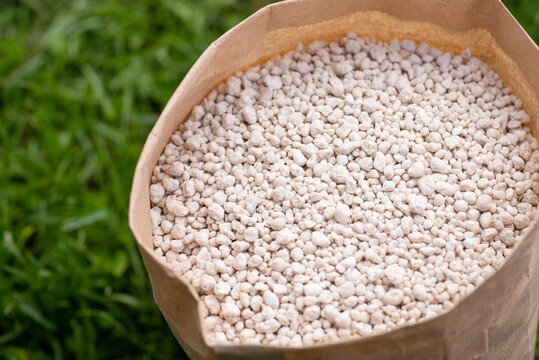Introduction
Agriculture is essential for sustenance, but it also generates a significant amount of waste, including empty fertilizer bags. These bags, made from various materials such as plastic, paper, or woven fabric, often end up in landfills, contributing to environmental pollution. However, there is a growing awareness of the need for sustainable practices in agriculture, and one key aspect is the recycling of fertilizer bags. In this article, we will explore the importance of fertilizer bag recycling programs, their benefits, challenges, and some successful initiatives that are helping reduce waste in agriculture.
The Environmental Impact of Fertilizer Bags
Fertilizer bags have traditionally been a necessary component of agricultural operations. They protect the fertilizers from moisture, sunlight, and contamination during storage and transportation. However, their disposal has been problematic for several reasons:
- Material Variety: Fertilizer bags are made from a range of materials, including plastic, paper, and woven polypropylene. Each material has different recycling processes and environmental impacts.
- Contamination Risk: Fertilizer residue can remain in the bags, making recycling more challenging. Residue can contaminate recycling streams or reduce the quality of recycled materials.
- Landfill Accumulation: Improper disposal of used bags contributes to landfill overflow and environmental degradation.
Importance of Fertilizer Bag Recycling
- Waste Reduction: Recycling fertilizer bags reduces the volume of waste going to landfills, helping to mitigate the environmental impact.
- Resource Conservation: Recycling saves resources by reusing materials, reducing the need for virgin resources in bag production.
- Energy Efficiency: The recycling process often consumes less energy than producing new bags from raw materials.
- Environmental Preservation: Reducing waste in agriculture helps protect soil and water quality, maintaining the health of ecosystems.
Challenges in Fertilizer Bag Recycling
While the importance of recycling fertilizer bags is clear, there are several challenges that must be addressed to establish effective recycling programs:
- Mixed Materials: As mentioned earlier, fertilizer bags come in various materials, and sorting and processing these materials for recycling can be complex and costly.
- Residue Removal: Fertilizer residues can contaminate the recycling process. Thorough cleaning or disposal of residues is necessary.
- Infrastructure: Establishing recycling facilities that can handle diverse bag materials may require significant investment and infrastructure development.
- Awareness and Education: Farmers and users of fertilizer bags need to be educated about the benefits of recycling and the proper methods for disposal.
Successful Fertilizer Bag Recycling Initiatives
Despite the challenges, some successful fertilizer bag recycling initiatives have made significant strides in reducing waste in agriculture:
- Terracycle’s Fertilizer Bag Recycling Program: Terracycle, a global recycling company, offers a program for recycling fertilizer bags made of woven polypropylene. They collect bags through designated collection points and transform them into reusable plastic granules.
- Plastic Film Recycling: Some regions have established plastic film recycling programs that include fertilizer bags. These programs encourage farmers to bring their used bags to collection centers, where they are processed and recycled.
- Collaboration with Manufacturers: In some cases, manufacturers of fertilizer have taken the lead in recycling efforts. They offer collection and recycling services for their products’ packaging.
- Legislation and Regulations: Certain regions have implemented regulations that require manufacturers or users of fertilizer bags to take responsibility for their disposal, thus incentivizing recycling efforts.
Steps to Implement a Fertilizer Bag Recycling Program
If you are a farmer, agricultural business owner, or part of an agricultural community interested in reducing waste through fertilizer bag recycling, here are steps to consider:
- Educate Stakeholders: Raise awareness among farmers, distributors, and manufacturers about the benefits of recycling and the environmental impact of improper disposal.
- Collection Points: Establish collection points where users can return empty bags. These points could be at retail stores, co-operatives, or dedicated recycling centers.
- Sorting and Cleaning: Develop a system for sorting and cleaning bags to prepare them for recycling. This might involve removing residues and segregating bags by material type.
- Collaborate: Collaborate with recycling companies or organizations that specialize in handling specific bag materials.
- Legislation and Incentives: Advocate for supportive legislation or incentives that encourage recycling efforts.
Conclusion
Fertilizer bag recycling programs are a vital component of sustainable agriculture, helping to reduce waste and minimize the environmental impact of agricultural operations. While challenges exist, successful initiatives and growing awareness of the need for recycling are paving the way for more comprehensive and effective programs. By working together at local, regional, and national levels, agricultural communities can make a significant contribution to reducing waste and promoting responsible environmental stewardship in agriculture. Recycling fertilizer bags is not only about waste reduction; it’s about preserving our planet for future generations while ensuring food security for all.
